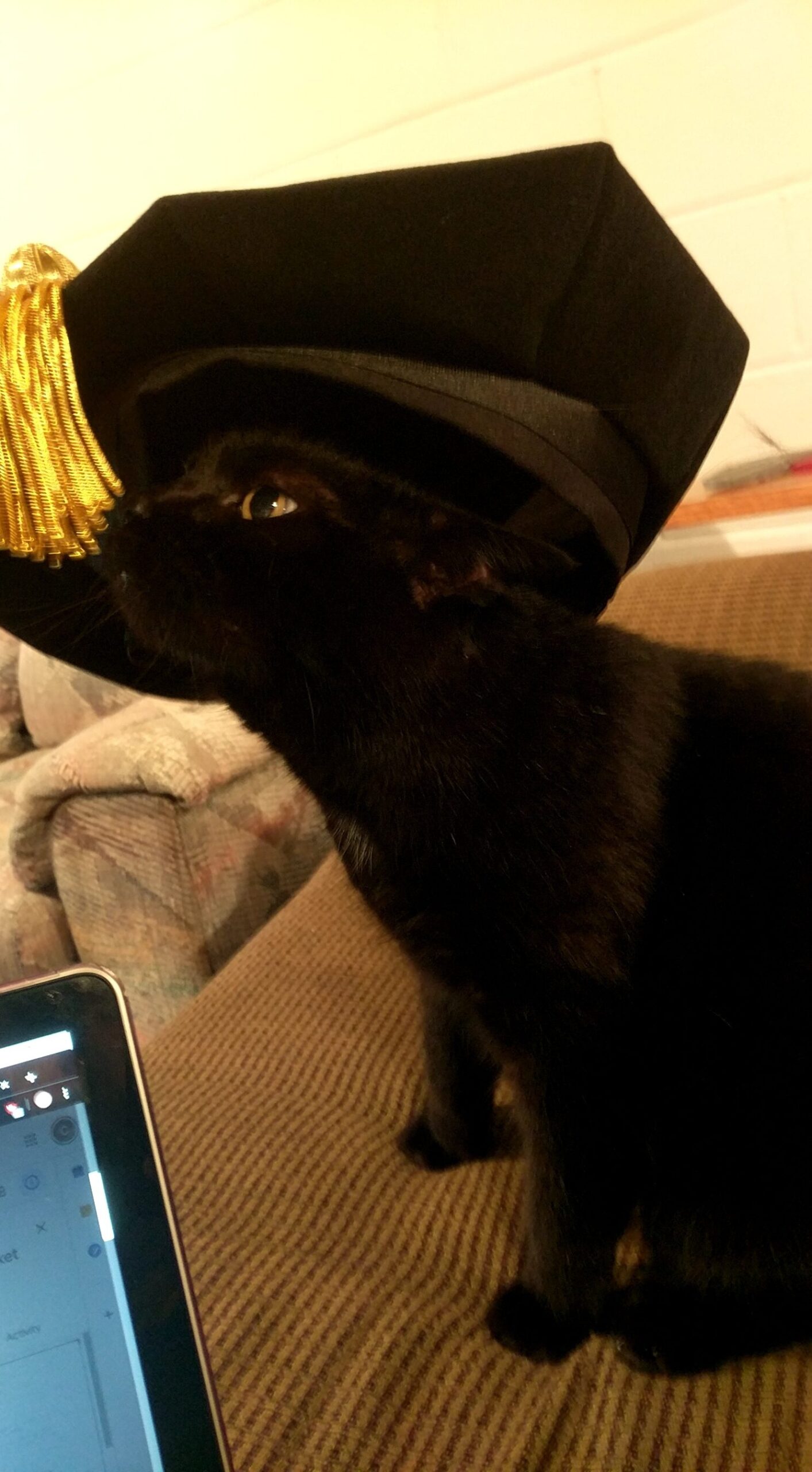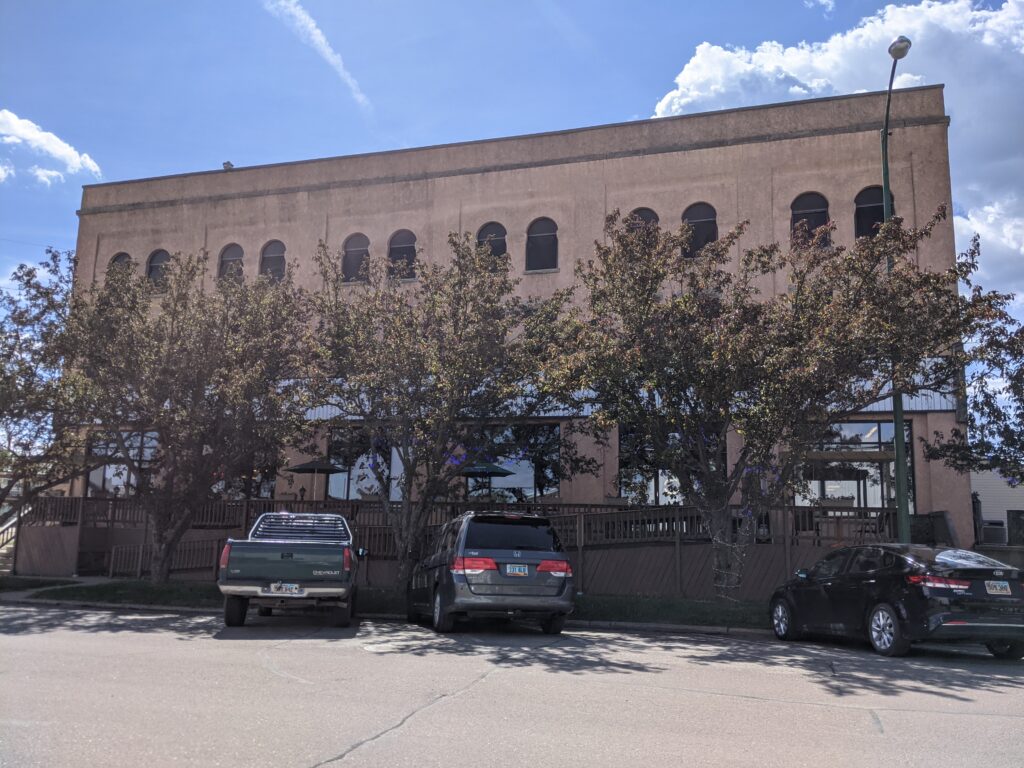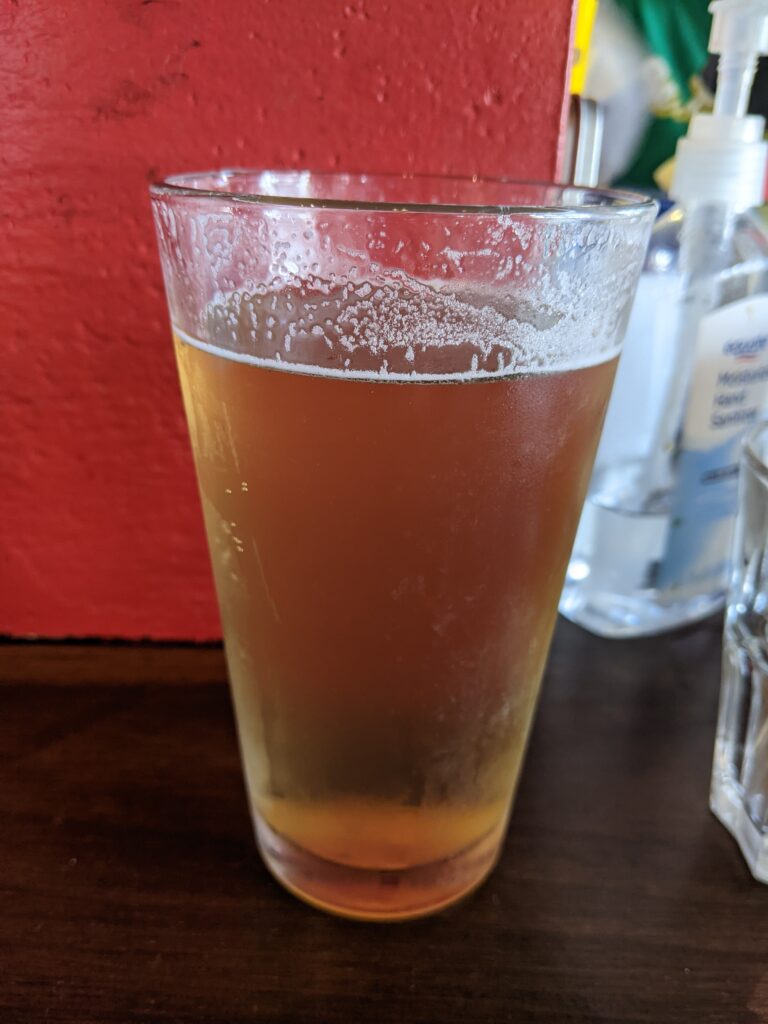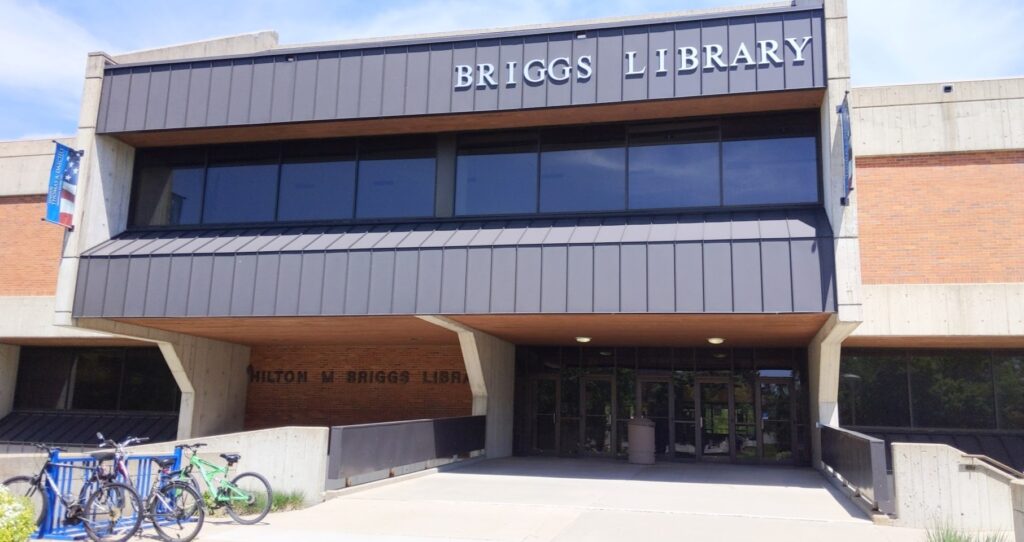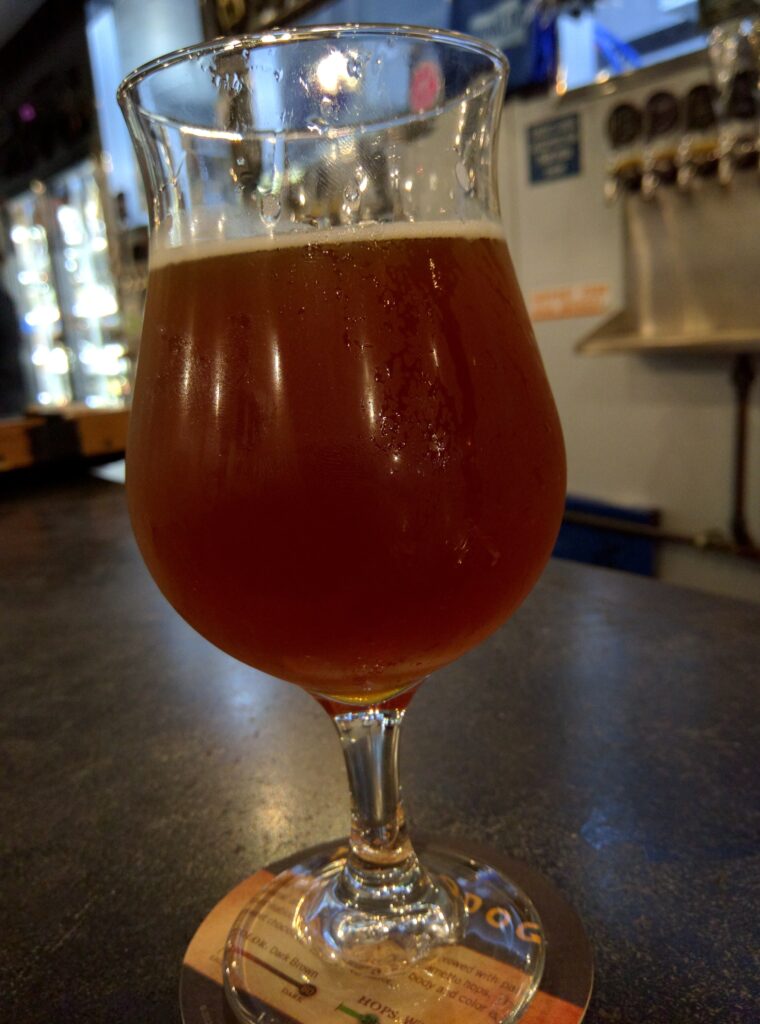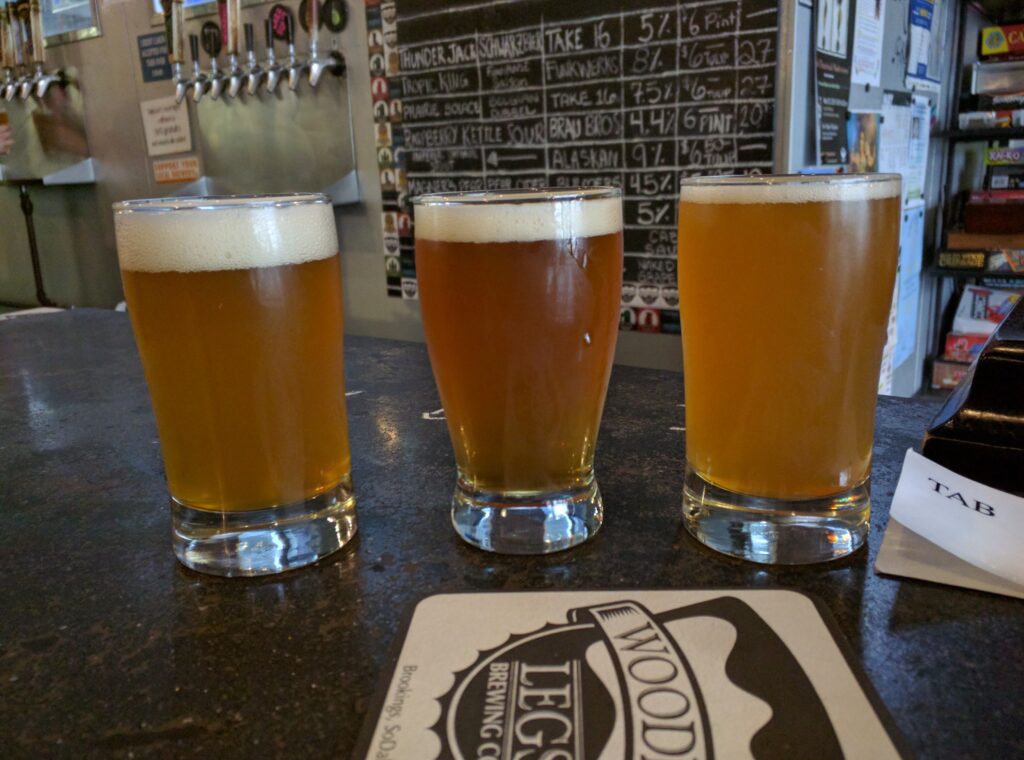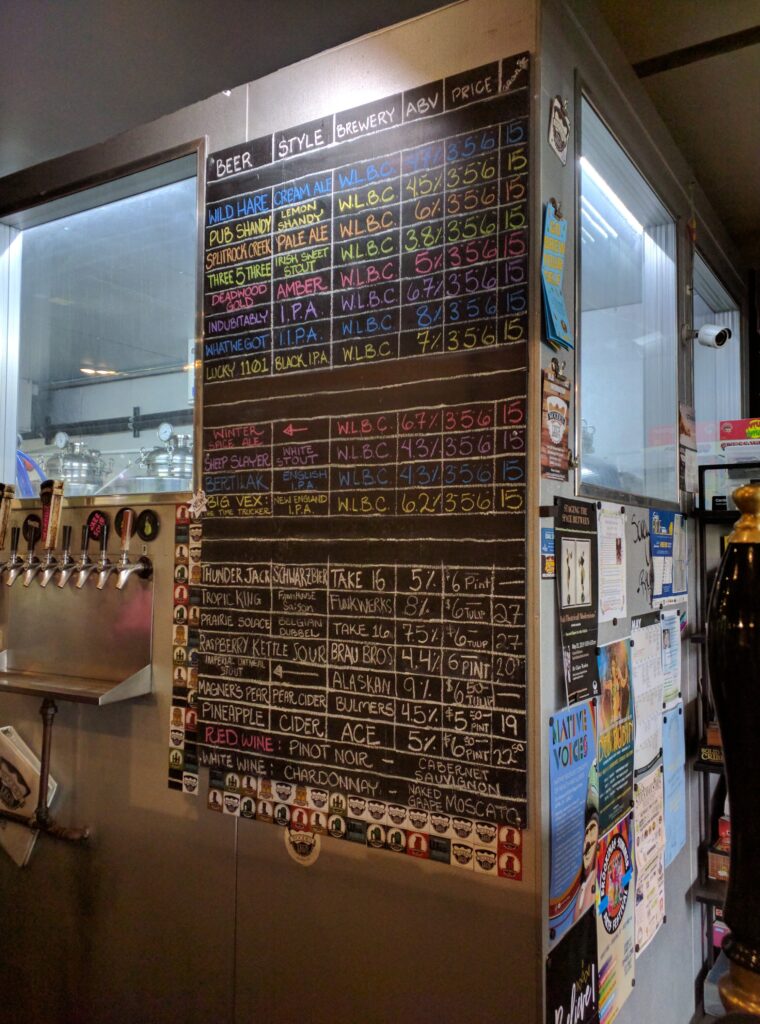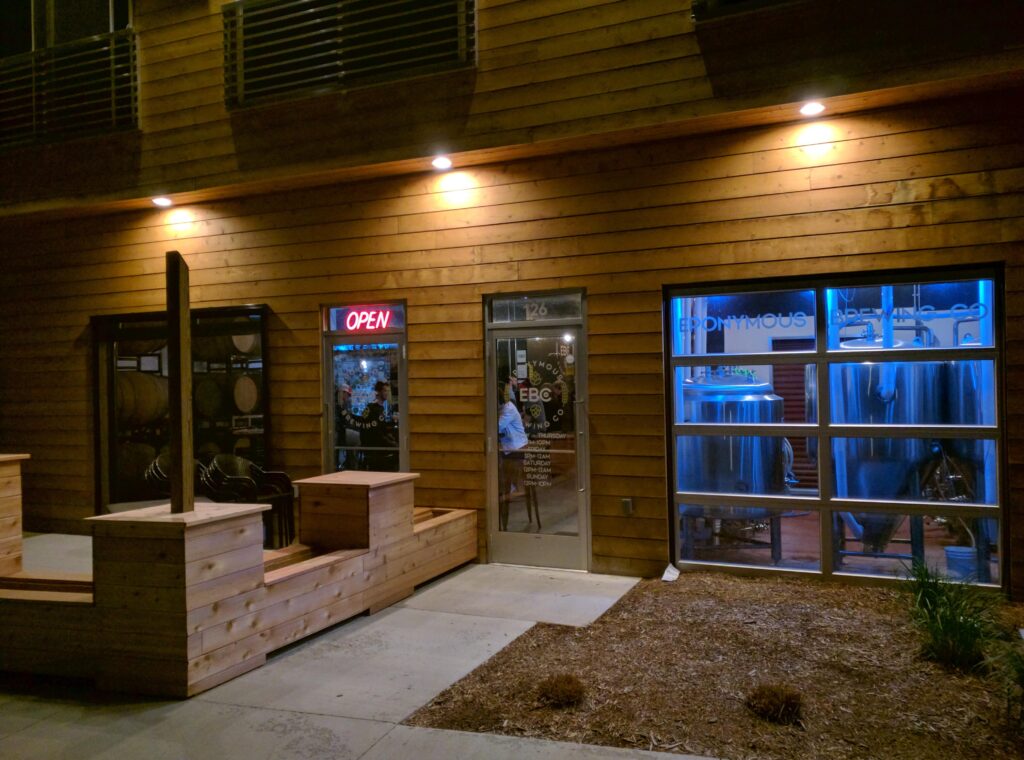In 1985 the South Dakota Legislature voted to put all 105 of them, plus the governor, on chartered planes to Washington, D.C., to lobby Congress for action on the Farm Crisis.
(Got all that?)
It’s been over a year since I last posted here. I’ve got three half-written drafts of places I’ve been, Living New Deal projects I’ve started, and some student successes. But I think we’ve all been a little busy, right?
The four people who read this (hi, Mom!) already know where I’ve been in COVID times, but for posterity’s sake: I was fortunate enough to keep my Adjunct Lecturer position at St. Cloud State University throughout 2020-21 and actually add an online class there…but that wasn’t enough for a newly-minted PhD with student loans coming due in six months.
Oh, right. Defended the dissertation on March 31. It was the first Zoom defense in the History Department. No one thought to hit “Record” on Zoom. COVID times!
I was fortunate enough to add second in-person teaching jobs: Fall semester as Visiting Instructor of History at Tarleton State University, then Spring 2021 as Adjunct Assistant Professor of History at Connecticut College. I’ll let you pull out a map and do that calculus, but suffice it to say I have been (1) COVID-tested a LOT in the last 10 months–three times weekly at peak travel–and (2) ridiculously lucky not to have contracted COVID at all. Masks and vaccines work, it turns out. Even a historian can trust the science.
A peripheral episode in my dissertation, scholarship on the Farm Crisis, and the history of South Dakota had been the 1985 incident I mentioned in the lede: the South Dakota Legislature deciding, in February 1985, that the most effective way they could call attention to the Farm Crisis was by putting themselves on a plane and, in a media stunt, shipping themselves to Washington, D.C., to lobby Congress, meet with President Reagan, and hit the political TV circuit.
Peel the onion a bit more, though, and you find a story of activism, organizing, and actual farmers’ experiences in making it happen.
In February 12, 1985, over 6,000 angry South Dakotans (mostly farmers) descended on Pierre for the Farm Alliance Rally. The farmer-led rally, the history books say, spurred the South Dakota Legislature to appropriate $95,000 for charter flights and accommodations to raise congressional and national awareness of the Farm Crisis. That it was organized only by the three left-leaning farm organizations in South Dakota–the state chapters of the Farmers Union, American Agriculture Movement, and National Farmers Organization–is a peripheral detail (though Lynwood Oyos mentions it in his history of the South Dakota Farmers Union).
The rest of the story? Well, there wasn’t much. The idea of sending the legislature to Washington was out there, but the notoriously fiscally-conservative South Dakota legislators had been loathe to spend that kind of money on a trip. But in late January 1985 a Hetland farmer, Ron Larsen, called the What’s Up? talk radio show on KWAT-AM in Watertown and told host David J. Law that if everyone concerned with the crisis sent in just $1, they could raise at least $50,000 and give the Legislature no choice but to go.
Donations rolled in: the Presentation Sisters of Aberdeen sent money, while dollars turned up from figures on both coasts and across the country, including Speaker of the House Tip O’Neill. To capitalize on the momentum and media attention they were getting from coast to coast, the Farm Alliance organized the Pierre rally to force the Legislature’s hand.
It worked: the Legislature went to Washington, South Dakota’s Democratic Rep. Tom Daschle proposed an emergency farm credit act that Congress debated with testimony from the South Dakotans assembled, and Gov. Bill Janklow and State Sen. Jim Burg appeared on Nightline to spar with George Will. They could accept all the budget cuts Reagan threw at them, the Washington Post noted, “as long as we are in it together, as long as defense and Social Security and other Reagan sacred cows get their lumps, too.”
Of course, Reagan didn’t meet with them–depending on who you ask, he “was busy” or “hid” from them–Secretary of Agriculture John Block patronized them, and Daschle’s bill was stalled in the Senate before finally passing and being promptly vetoed. Nonetheless, the delegation came home, apparently satisfied they’d done good work and raised awareness of the crisis. It “unite[d]” the state.
At least, that’s the story.
Research
The general purpose of this trip was a presentation at the Agricultural History Society’s annual meeting, a project I hoped would yield some clarity and direction for an article. I had enough archival and newspaper material to get started, but I’d been half-chasing this story for a couple years and finally wanted to find more papers and records of this event.
Many contemporary newspaper accounts reported that the donations came with a note or a letter. I’d never read any. The Legislature just suddenly came around to spending $95,000. Was it that simple? Ron Larsen organized the event. What happened to him?
This trip convinced me there’s enough out there to tell a more complete story about the South Dakota Legislature’s trip to Washington.
The Collections
Bit of a nontraditional trip. This jaunt started with emails with David Law–who you can still hear from 7-10am, Tuesday-Thursday, on KXLG-FM in Watertown–on his involvement in the crisis. I had emailed him, along with both the South Dakota State University Archives to do research in the South Dakota Farmers Union (SDFU) papers…and an address I found online while looking for Ron Larsen’s contact information and found a hunting and fishing outfit in the Lake Preston area. I only heard back from David (though SDSU had just gotten to Summer Break, and Michele Christian and Ruby Wilson have never failed to help me out with research in Brookings).
David graciously agreed to sit down and chat for a few minutes one Wednesday, and with little more than that, I headed off to Watertown.
Then it got interesting.
The drive to Watertown was…well, long. It’s a straight shot across Minnesota on State Highway 7:

But things were looking up as I stopped for coffee in Dawson, when South Dakota State got back to me: I could look at the SDFU papers that afternoon. Awesome!
Then, out of nowhere: an email from Ranae Larsen, widow of Ron. He’d passed away two-and-a-half years ago, but they were cleaning out their old house on the land near Lake Preston and she’d found a box of materials. If I wanted to talk with her, I could give her a call whenever.
- Conversation with David Law (Watertown, SD)
- South Dakota Farmers Union Records (MA 12), South Dakota State University Archives and Special Collections, Hilton M. Briggs Library, Brookings, South Dakota
- Conversation with Ranae Larsen (Aberdeen, SD)
The Findings
A Partisan Story. The Mitchell Republic series on the 1980s Farm Crisis isn’t necessarily wrong for claiming the crisis and the trip “unite[d] a state”. As SDFU President Leland Swenson recalled for the article, people certainly united around the idea that something should be done, and that the Legislature ought to raise awareness of the crisis.
But when the rubber met the road, Congress failed to pass Daschle’s Farm Emergency Credit Act. As Minnesota and Iowa passed mortgage moratorium laws for struggling farmers, the South Dakota Legislature passed the buck: even a resolution calling on Reagan to sign the Daschle bill was watered down by the Republican-controlled Legislature.
As David Law explained, though, and Ranae Larsen added, some Republicans in Pierre–especially “Papa Joe” Barnett, House Majority Leader, about whom both Law and Larsen shared stories–needed convincing on the Legislative trip. In light of Law and Larsen’s recollections, there’s more to explore in the credit claimed for the trip after the fact–particularly in Republicans’ enthusiasm (or lack thereof) surrounding the February rally at Pierre. (Plus, the bill to send the Legislature to D.C. was sponsored by Democrat and 1978 gubernatorial candidate Roger McKellips and pushed by House Minority Leader and 1986 gubernatorial candidate Lars Herseth.)
The Legislative trip to Washington helped paper over some of the partisan differences to the Farm Crisis. Resurrecting those differences helps us explore farm organizing and South Dakota politics in 1980s — particularly how the South Dakota Democrats fell just short of taking the governorship in 1986…but succeeded in taking the South Dakota Senate by 1992.
Careers launched… In the wake of their 1985 media circus [/clears throat]:
- Gov. Bill Janklow [R], term-limited, ran in the GOP primary against incumbent Sen. Jim Abdnor in 1986.
- Rep. Tom Daschle [D], who claimed the Legislature came in support of his Farm Emergency Credit Act (Republicans…disagreed), took a prominent role in opposing the Reagan-supported and Republican-written 1985 Farm Bill…then ran for Senate in 1986 and won.
- House Minority Leader Lars Herseth [D-Houghton], son of governor Ralph, used his prominent position in leading Democrats during the Farm Crisis to run for governor. He lost, 52-48, to another gubernatorial son (George S. Mickelson, son of George T.), in the best Democratic showing in South Dakota until Billie Sutton’s 51-48 loss in 2018.*
- State Sen. Jim Burg [D-Wessington Springs], who appeared on Nightline, ran for and won a statewide race in 1986 to serve a six-year term on the Public Utilities Commission.
*Yes, the South Dakota Democrats only lost the governorship to Kristi Noem by 3% in 2018. Reports of their demise may have been exaggerated, though things admittedly aren’t good, as the party holds 11 of 105 legislative seats and no statewide elected positions.
Some of the biggest names in South Dakota politics at the time used the event to their benefit (as opposed to Abdnor, who had to balance the trip with his loyalty to the GOP and Reagan, at one point saying the president couldn’t just meet with the Legislature a couple days’ notice). It was not the only event, but it undoubtedly helped to boost those pols’ careers.
But for whom? Ron Larsen ran for State Senate three times. Here’s his wife, Ranae, with one of those signs:

He was unsuccessful all three times, running as a Democrat.
Beyond that, the Larsens struggled to make ends meet in the wake of the D.C. trip. Ron, Ranae recalled, didn’t go on the trip: he believed it was the legislators’ job to lobby, he’d already done his part, and he had cows to milk.
Ranae reminisced at length on their lives and careers: teaching, coaching football, farming, playing organ at church, sponsoring American Legion essay contests, lobbying for “Faith in Farming Day” in South Dakota, leading and cooking for hunting and fishing expeditions, and hosting free camps for families with autistic children.
But she also talked about the stories we hear about less often: applying for food stamps. Having their electricity turned off. Unplugging all the power in the house to run the milking equipment in the barn. Raising children with special needs after netting $385 in 1984 — and they were the lucky ones, Ron said at the time.
The Legislature–and, to be sure, Larsen, at least in February and March 1985–got the headlines. The trip resonates throughout South Dakota political history and lore.
But, as Ranae’s clippings, letters, and memorabilia pointed out, we’re missing community stories. Main Street businesses put out coffee cans to take donations at bank tills, grocery check-outs, and cooperative stores. Farmers told the Larsens their stories: one “third-generation farmer” wrote how he was “not sure I will encourage my daughters to enter agriculture.” A former farmer from Woonsocket complained that “the majority of the $200,000 and above wage earners pay no income tax at all… Everyone should be made to, and certainly should not object to, paying at least 3$ of their income (before deductions) as a minimum tax.” Another wrote of her…ill will…toward Reagan (you’ll have to wait for the full article for that one).
There is, of course, a new generation of historians who have told histories of farm families, children, women, and more. Just not of this episode in South Dakota. The Larsens’ stories indicate there’s more to be done.
Archives: We’ve got stuff! To the archivist who may read this: through my fault, through my fault, through my most grievous fault. I am currently in violation of Best Practices.
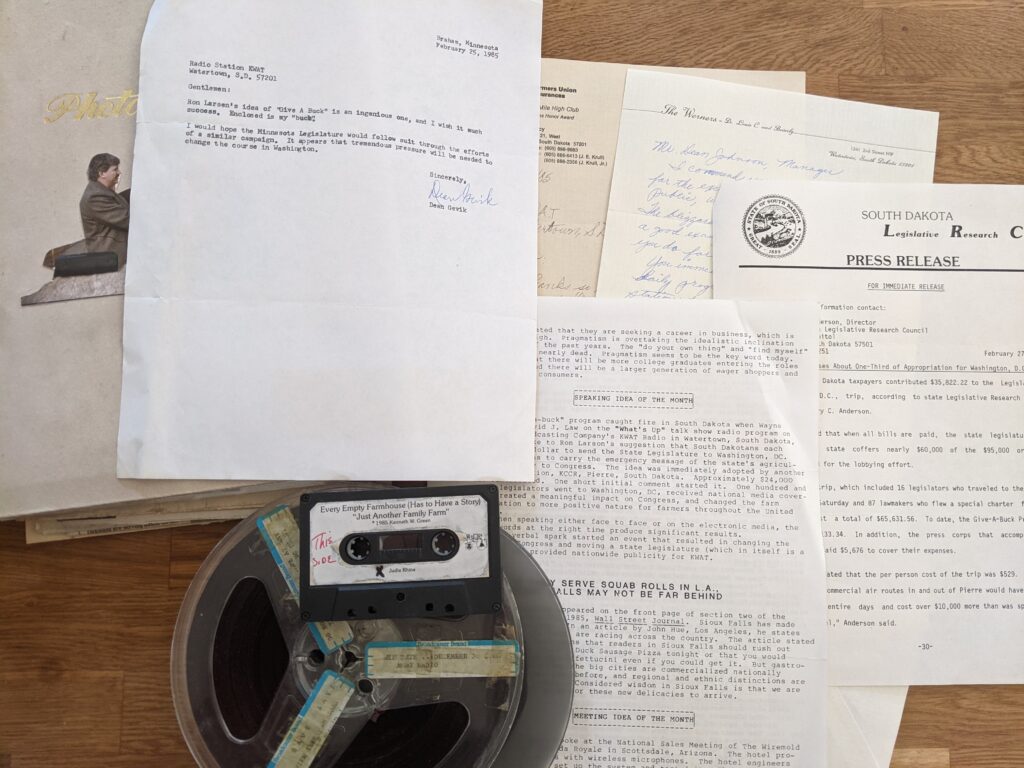
David Law was not only generous with his time, he sent me on my way with some amazing stuff: clippings, a few letters from farmers to KWAT, some audio reels of testimony in Washington featuring Daschle and Janklow, and a full-color, annotated photo album of his experiences at the rally and trip.
Ranae Larsen has a full tote bin full of memorabilia that she graciously allowed me to photograph and scan.
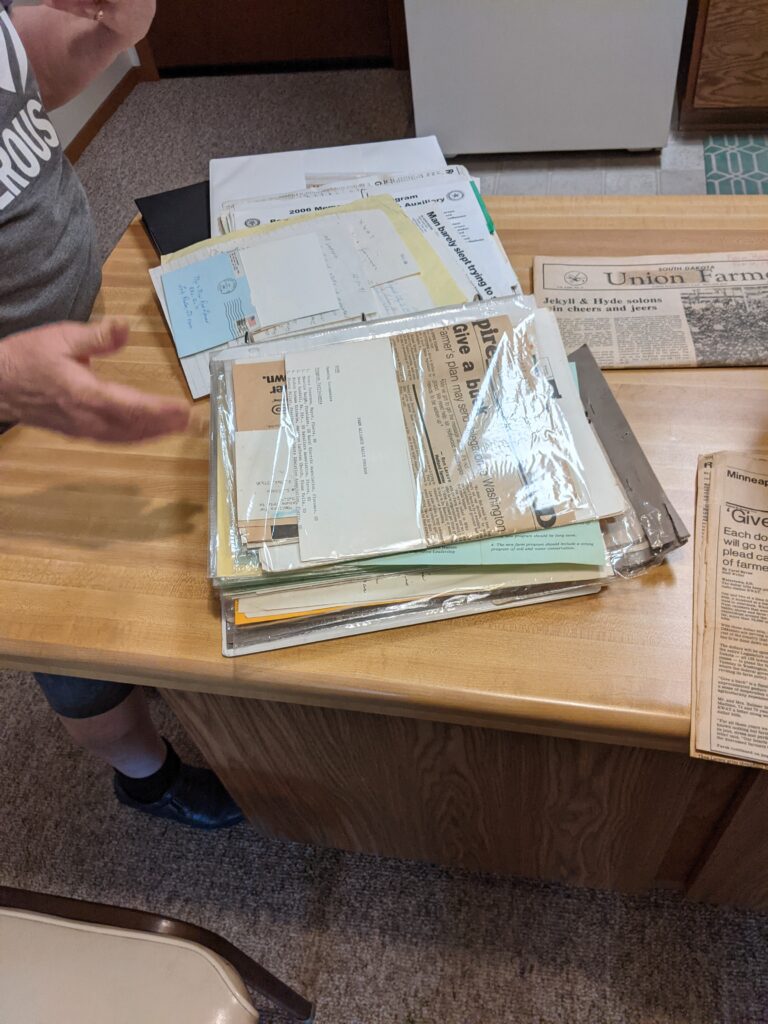
All this forced me to rewrite my whole conference paper — this wasn’t just a story of a rally and a Legislature’s trip. People organized the “Give A Buck” campaign. People donated. People showed up in Pierre. People traveled with the Legislature. People covered the event. People returned home and continued to farm. People succeeded. People failed.
Law and Larsen showed me that I could do a lot more to find out who those people are. They showed me that there’s a lot more material out there to help expand our conceptions of “community” in the Farm Crisis and the Midwest–the banks, the grocery stories, the churches (one letter from Ron to a priest was sobering), the radio stations, and more.
I’m hoping to help both find archival repositories for the memorabilia from David Law and Ranae Larsen, but it’s a great reminder of what’s out there for archivists and historians.
The Cities
This whole post is me clearing the writing pipes and some of the travel I’ve done over the last…four years?
Watertown
This was a very quick stop: get there at 10am, talk with David Law, then head to Brookings. On the way back through, though, I stopped for a beer at Dempsey’s Brewery Pub and Restaurant.
Because I love the style and was so intrigued about why a nominally Irish brewpub had one, I started with the piwo grodziskie (a Polish smoked wheat beer). And it was very good! The Daangergaarden–a Hoegaarden/Belgian wheat homage–wasn’t my favorite, though I could’ve asked for it with no orange slice (stop putting things in my beer).
I chatted with the brewer for a while, and it was fun to talk about the South Dakota brewing scene, hear what inspired the grodziskie (the Irish brewpub became a Polish supper club for April Fool’s Day), and sample a sour beer he had on deck. The brewery had both a Minnesota United flag (go Loons!) and a “Meth: We’re On It” sticker, which was fantastic, too.
When I go back to return David’s material, I’ve got a stop lined up at the Watertown Brewing Company — and maybe a tour at Glacial Lakes Distillery.
Brookings
Down I-29 to Brookings we go! I’ve been here several times for research and somehow never written about it, so mea culpa on that one.
The Archive
The second level of Hilton M. Briggs Library is home to the South Dakota State University Archives and Special Collections, along with the Senator Thomas A. Daschle Congressional Research Study. Cool little archive, amazing staff.
I actually only stayed in the city once–thanks to my friend Chelsea and her husband Matt for letting me stay with them and play with their dogs Biff and Juniper–so I can offer little in the way of food and nightlife.
Of course, I can recommend beer.
The Beer
Wooden Legs Brewing is the older of Brookings’ two breweries, just off U.S. 14 and in downtown Brookings. I’ve stopped here a number of times and enjoy their Wild Hare Cream Ale, along with a Loch Be A Lady scotch ale that Untappd tells me I really enjoyed. Lots of variety, and while I never had one, I’m told their pizzas are a must.
Eponymous Brewing, straight south of Wooden Legs and over the tracks crossing Main Ave., looks very much like the kind of brewery you’d see in a big city: it’s in a mixed-use building, with fashionable apartments above and shops below. This was in 2019 and Eponymous was hitting the haze craze hard — I enjoyed this one (I believe it’s Son of a Bum), along with a sour whose name is lost to the years.
Aberdeen
I was fortunate enough to talk with Ranae for almost three hours in Aberdeen, so when I left to drive back to the Twin Cities at 9pm I wasn’t able to sample much in the way of beer or local cuisine.
I did, though, stop at One Legged Pheasant Brewery, Aberdeen’s only brewery, with a nice little taproom facing the street. I had their Dirty Francis lager, which made use of honey and rhubarb, and enjoyed its earthiness and body. Wish I could’ve stayed, but I took home a four-pack of Ring Neck Red–a solid ale!–and a can of their Dark Tripper sour, with black currant and blueberry, which was smooth if a bit light on the sour. I’m excited to head back sometime soon!
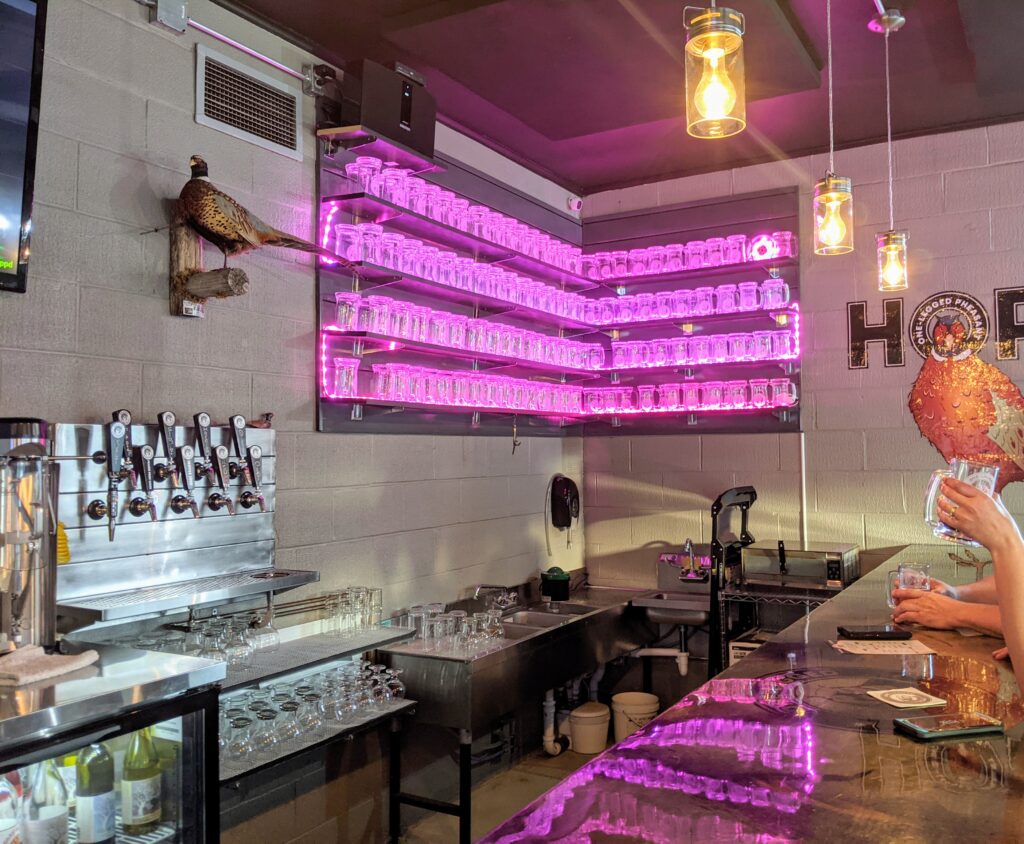
The Art and Craft of History
Normally this heading wouldn’t exist, but I want to mention a few things about this trip:
A South Dakota History Icon
Rest in peace, John E. Miller.
The titan of South Dakota history passed away suddenly in May 2020. An unfailingly kind, passionate historian, he taught one of my mentors, Dr. Jim Marten, linking us in some kind of intellectual genealogy. He and his wife Kathy were mainstays at conferences from Sioux Falls to Grand Rapids, and he both encouraged my research into liberalism in South Dakota and tempered my enthusiasm–my first time meeting him, at the 2015 Northern Great Plains Conference in Sioux Falls, he asked what I did, then said “Okay, Cory!” and changed the subject after I rambled on for at least a minute about things he already knew. Over the years, though, he was always willing to stop for a conversation, share his latest writing and research, or shoot the breeze about everything from baseball to politics. He is missed, and my deepest condolences to Kathy.
I happened across a flyer on his research that became Looking for History on Highway 14 while I was at SDSU, and it reminded me of how his legacy looms so large in Midwestern history. Who knows, maybe someday I’ll have the privilege to write a history like that on MN-7, or U.S. 12, or any of the dozens of highways and towns I’ve traversed.
Thanks, Dr. Miller. Rest in peace.
The Drive
- Driving through Prinsburg, Minnesota’s “Most Conservative City”, with “The Lord is My Shepherd” as its motto. A collar-tugging moment indeed.
- Remembering that in 1992 Montevideo lawyer David Minge rode his bike about 500 miles around western and southwestern Minnesota while campaigning for Congress. The DFLer won those same conservative towns, and I have a mapping project somewhere I forgot I wanted to work on.
- Big shout-out to the stretch of U.S. 12 that crosses about a mile of Rush Lake between Webster and Waubay, SD, where the bugs were so thick I had to turn on my windshield wipers.
- Driving through Webster on the way to Aberdeen, I saw a building with an old “BLACKSMITH” sign over the door and thought “You don’t see that often anymore,” only to learn that was Ranae’s dad’s shop. Small world.
- Finally, a shoutout to the city of Goodwin, SD, through which I detoured the first time I drove to Brookings from the Twin Cities. I was hoping to take a pit stop in Watertown, but U.S. 212 was closed west of County Highway 312. I really needed that pit stop, and Goodwin had one (legal) location available, leading to the best Snapchat I’ve ever sent my wife:
Where I’m At
This trip was a great reminder of moments like that and why I love what I do. At one point I was pulled over at a trash-strewn, no-facilities rest stop in Hidewood on the way from Watertown to Brookings. Ranae had called, so I was listening to her memories, taking notes, watching as the surrounding fields waved in the breeze and traffic zoomed by on I-29, thinking about how I’d last done this on an I-35 off-ramp to talk to an Iowa lieutenant governor, and appreciating how I had this opportunity.
It’s a great reminder that there’s so much work to do and history to go find, even as I think “I’ve done the dissertation, I’ve got a book to write, I’ve got a real job — I’ve made it.”
Then I nearly smoked a deer at 1:30am on MN-7 in Minnetonka.
Exciting, intriguing, humbling, nerve-wracking. Doing history!
What’s Next
Down the line there’s some more work news. In the meantime I owe a very patient press a manuscript proposal (and thank them for the patience as I get back in the writing habit here), I am working on an article on farm-labor organizing during the Farm Crisis for a special forum in Agricultural History, there’s a chapter floating around out there on progressive farm policy for a collection called The Liberal Heartland, and I have material to prep for a symposium on the Midwest at the Sheboygan County Historical Research Center this November.
Past Trips: Where I’ve Been
Pierre
Iowa City
Bloomington
St. Paul, St. Cloud
Menomonie
Milwaukee
Iron Range, Lake Vermilion Edition
Grand Forks
River Falls
Iron Range, Biwabik Edition
Bismarck-Mandan
Des Moines
Fargo-Moorhead
Stevens Point
Carbondale
Ames
Boston


